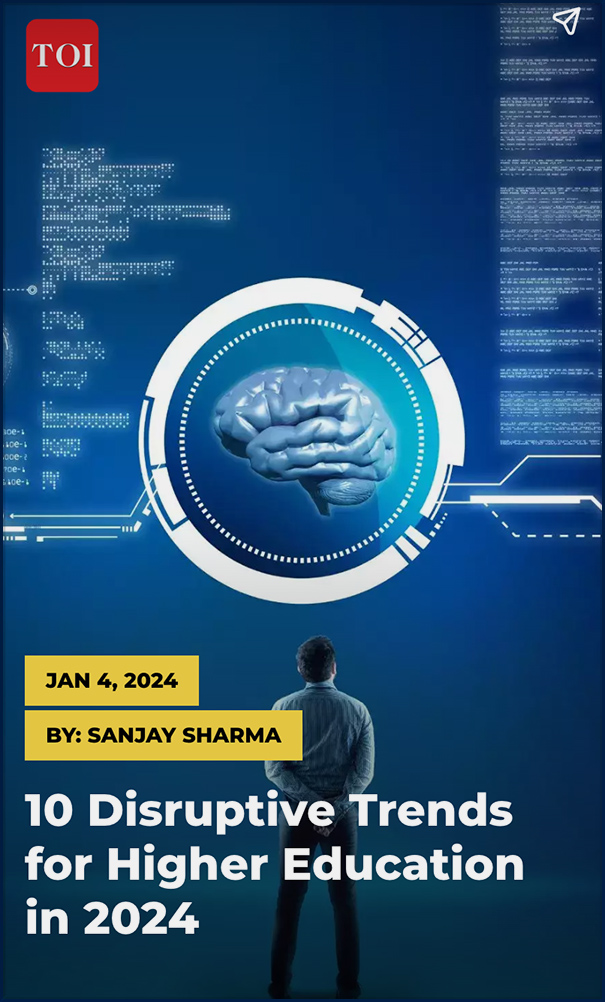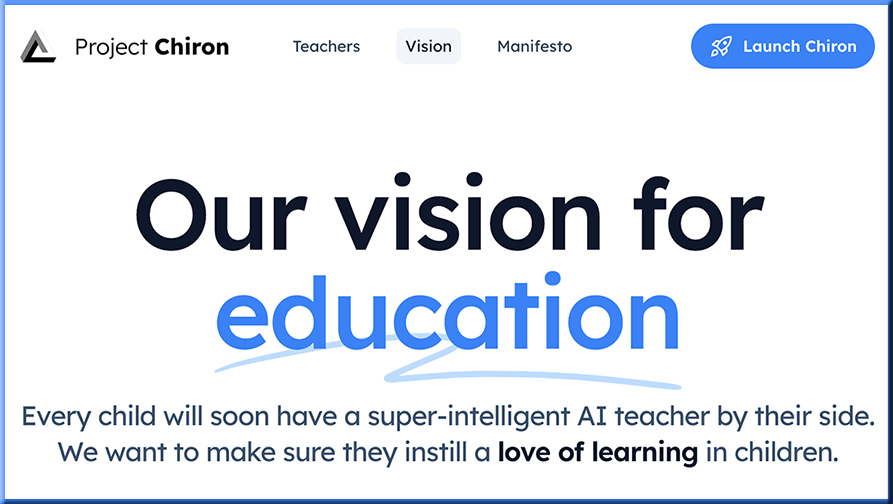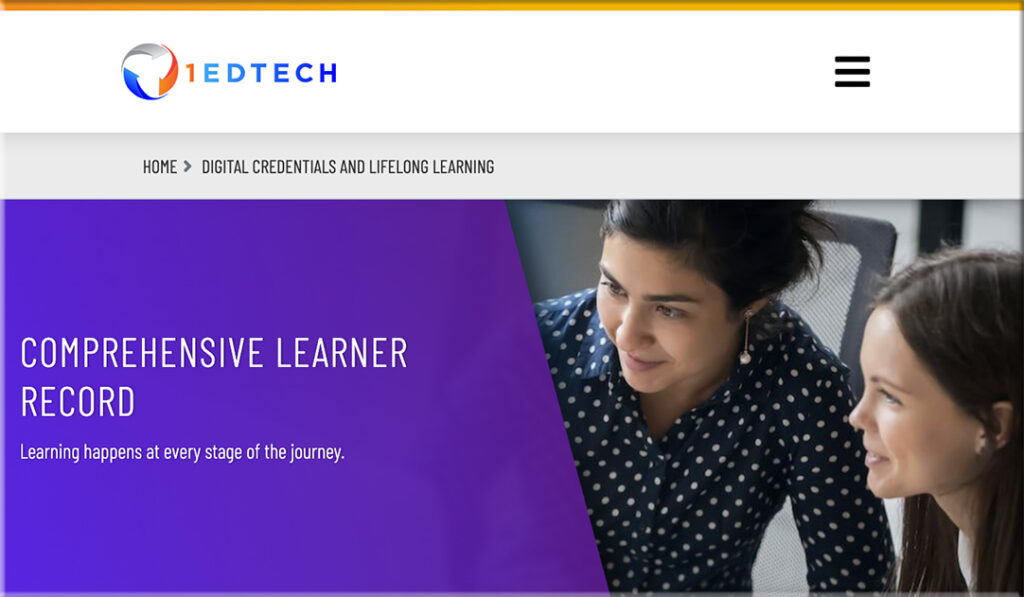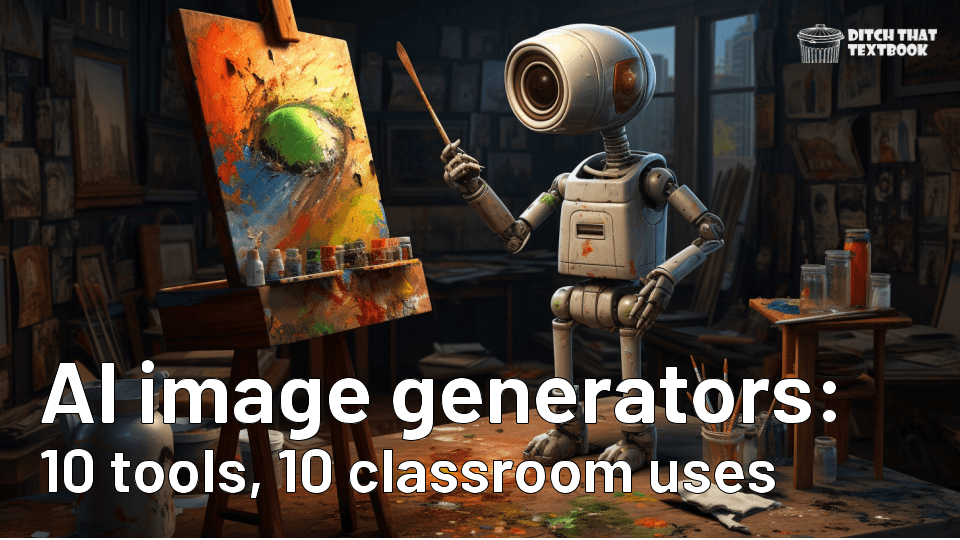6 Ways State Policymakers Can Build More Future-Focused Education Systems — from gettingsmart.com by Jennifer Kabaker
Key Points
- Guided by a vision – often captured as a Portrait of a Graduate – co-constructed with local leaders, community members, students, and families, state policymakers can develop policies that equitably and effectively support students and educators in transforming learning experiences.
- The Aurora Institute highlights the importance of collaborative efforts in creating education systems that truly meet the diverse needs of every student.
The Aurora Institute has spent years working with states looking to advance competency-based systems, and has identified a set of key state policy levers that policymakers can put into action to build more personalized and competency-based systems. These shifts should be guided by a vision–co-constructed with local leaders, community members, students, and families–for what students need to know and be able to do upon graduating.
Career Pathways In A Rapidly Changing World: US Career Pathways Story — from gettingsmart.com by Paul Herdman
Key Points
- There has been a move away from the traditional “Bachelor’s or Bust” mentality towards recognizing the value of diverse career pathways that may not necessarily require a four-year degree.
- Local entities such as states, school districts, and private organizations have played a crucial role in implementing and scaling up career pathways programs.
While much has been written on this topic (see resources below), this post, in the context of our OECD study of five Anglophone countries, will attempt to provide a backdrop on what was happening at the federal level in the U.S. over the last several decades to help catalyze this shift in career pathways and offer a snapshot of how this work is evolving in two very different states—Delaware and Texas.
U.S. public, private and charter schools in 5 charts — from pewresearch.org by Katherine Schaeffer
.













